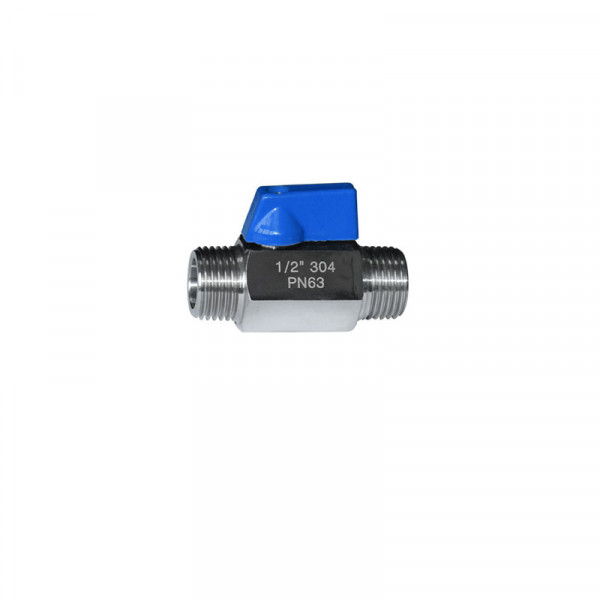Mini-ball valves are one of the most common valves found in industrial applications. They are commonly used to control the flow of liquids, gases, and steam. One of the things you need to consider when selecting a mini-ball valve is its size. mini ball valves come in a variety of sizes to fit a variety of applications. Selecting the right size is crucial for ensuring proper flow and performance. In this blog post, we will discuss tips on selecting a mini-ball valve and help you choose the right one for your application.

Overview of mini ball valves
Mini-ball valves are a type of valve used in hydraulic systems to control the flow of fluid. They are similar in design to regular ball valves but have smaller dimensions and reduced weight. This makes mini-ball valves suitable for applications where weight is a critical factor, such as in water tanks or oil pipelines.
The most common use for mini ball valves is controlling the flow of water or oil. To open a mini ball valve, you apply pressure to the handle. To close it, you release the pressure and it automatically closes. Mini ball valves come in both push-button and pull-tab styles.
In general, mini-ball valves are good choices for applications that require quick response time and low weight. They are also easier to operate than regular ball valves, making them ideal for hand-held controllers or remote controls.
Selection criteria for mini ball valves
There are a few things to consider when selecting a mini-ball valve. Some of the key factors include usage, size, and type.
Usage: Mini-ball valves are used in applications where a small flow rate is needed, such as water distribution systems.
Size: The mini ball valve should be selected based on the application. For example, if the valve is being used in a water distribution system, then it would need to be able to handle high flow rates.
Type: There are three types of mini-ball valves: rotary, slide, and piston. Rotary valves have a rotating element that moves the valve head up and down. Slide valves have movable pins that move across an opening in the valve head, and piston valves use springs to change the pressure inside the valve body
Testing mini-ball valves
Mini ball valves are often used in smaller applications where more precise control is needed. They come in a variety of styles, so it’s important to find one that fits the application and meets your requirements.
To test a mini ball valve, first make sure it’s compatible with the piping system you’re using. Connect the valve to the Pressure Reducing Valve (PRV) or relief valve on your plumbing system and open it wide to see how much pressure builds up. If there’s too much pressure, close the valve slowly until the pressure decreases to an acceptable level. If the valve doesn’t have a shutoff valve, you’ll need to install one before using it in your application.
Another way to test mini ball valves is by using a gauge probe. Insert the probe into one of the ports and carefully open and close the valve while watching the reading on the gauge. Make sure all ports are accessed for accurate readings.
Conclusion
Mini ball valves come in all shapes and sizes, and it can be difficult to know which one is the right fit for your needs. Fortunately, we have put together this guide on how to select the perfect mini ball valve for your specific application. By following these tips, you will be able to find the best mini ball valve for your needs without any hassle. Union Metal is a reliable manufacturer that can offer high-quality products with good services. After you have an idea about how to select mini-ball valves, you can shop at Union Metal. Thanks for reading!


Leave A Comment